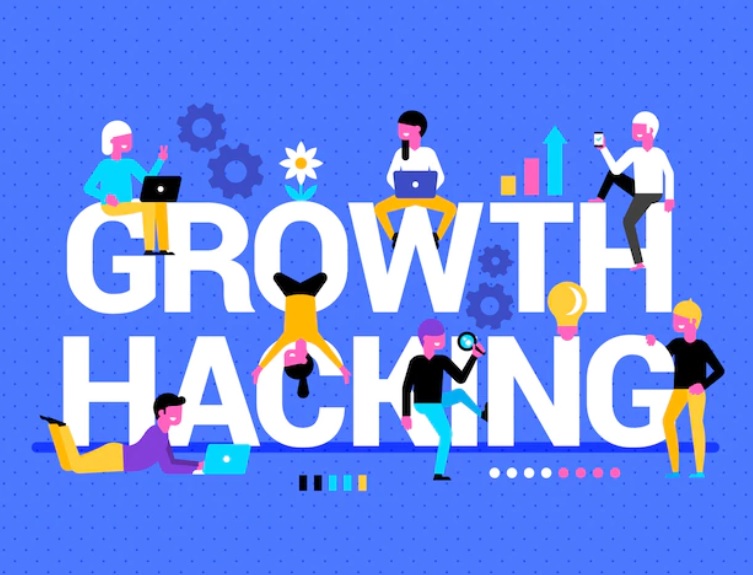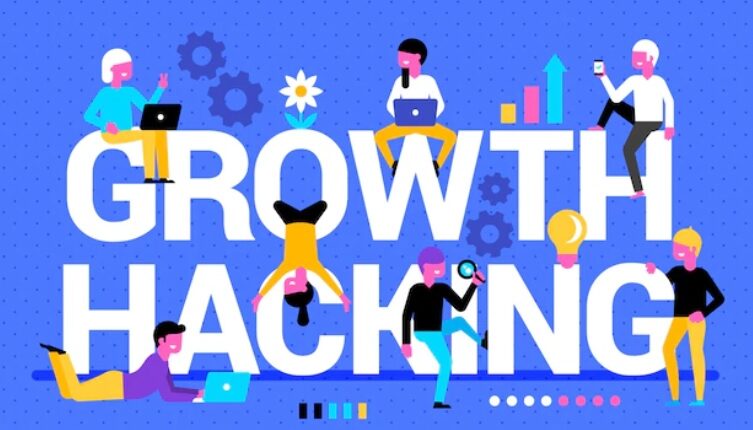A growth hacker is responsible for driving rapid and sustainable growth for a business or product. Their primary focus is on finding innovative and cost-effective ways to acquire and retain customers, increase user engagement, and optimize key metrics. Here are some of the key responsibilities of a growth hacker:
Strategy Development: A growth hacker works closely with the marketing and product teams to develop growth strategies that align with the overall business objectives. They identify growth opportunities, define key performance indicators (KPIs), and create actionable plans to achieve growth targets.
User/Client Acquisition: One of the core responsibilities of a growth hacker is to drive user acquisition. They employ various marketing channels, such as search engine optimization (SEO), content marketing, social media marketing, paid advertising, email marketing, and partnerships, to attract new users to the product or service.
Conversion Rate Optimization (CRO): A growth hacker focuses on improving conversion rates at different stages of the user journey, from initial website or app visits to sign-ups, purchases, or other desired actions. They analyze user behavior, conduct A/B testing, optimize landing pages, and implement strategies to increase conversions.
Retention and Engagement: Retaining existing users and maximizing their engagement is crucial for sustainable growth. A growth hacker implements strategies like personalized onboarding, user segmentation, email marketing campaigns, referral programs, loyalty programs, and community building to keep users engaged and encourage repeat usage.
Data Analysis and Experimentation: Growth hackers heavily rely on data analysis to measure the effectiveness of their strategies and identify areas for improvement. They use tools like Google Analytics, heatmaps, user feedback, and other analytics platforms to gather insights, track key metrics, and make data-driven decisions. They also conduct experiments, such as A/B testing, to test hypotheses and optimize conversion rates.
Product/Website Optimization: A growth hacker collaborates closely with the product team to identify opportunities for product improvement. They gather user feedback, conduct usability testing, and provide insights on features or enhancements that can drive growth and improve the user experience.
Viral and Referral Marketing: Growth hackers develop and implement strategies to encourage users to refer their friends and create a viral loop. They design and optimize referral programs, incentivize sharing, and leverage social media to amplify the reach of the product or service.
Automation and Scalability: To achieve rapid growth, growth hackers focus on automating repetitive processes and finding scalable solutions. They utilize marketing automation tools, CRM systems, and other technologies to streamline workflows, manage customer relationships, and optimize efficiency.
Collaboration and Cross-Functional Work: Growth hackers work closely with various teams, including marketing, product, engineering, design, and data analytics. They collaborate to align growth initiatives, share insights, and implement strategies that span multiple functions.
Continuous Learning: A growth hacker keeps up with the latest trends, tools, and industry best practices. They experiment with new growth hacking techniques, attend conferences, read industry blogs, and stay informed about emerging technologies to stay ahead of the competition.
It's important to note that the specific responsibilities of a growth hacker can vary depending on the organization, industry, and the stage of the company's growth.


